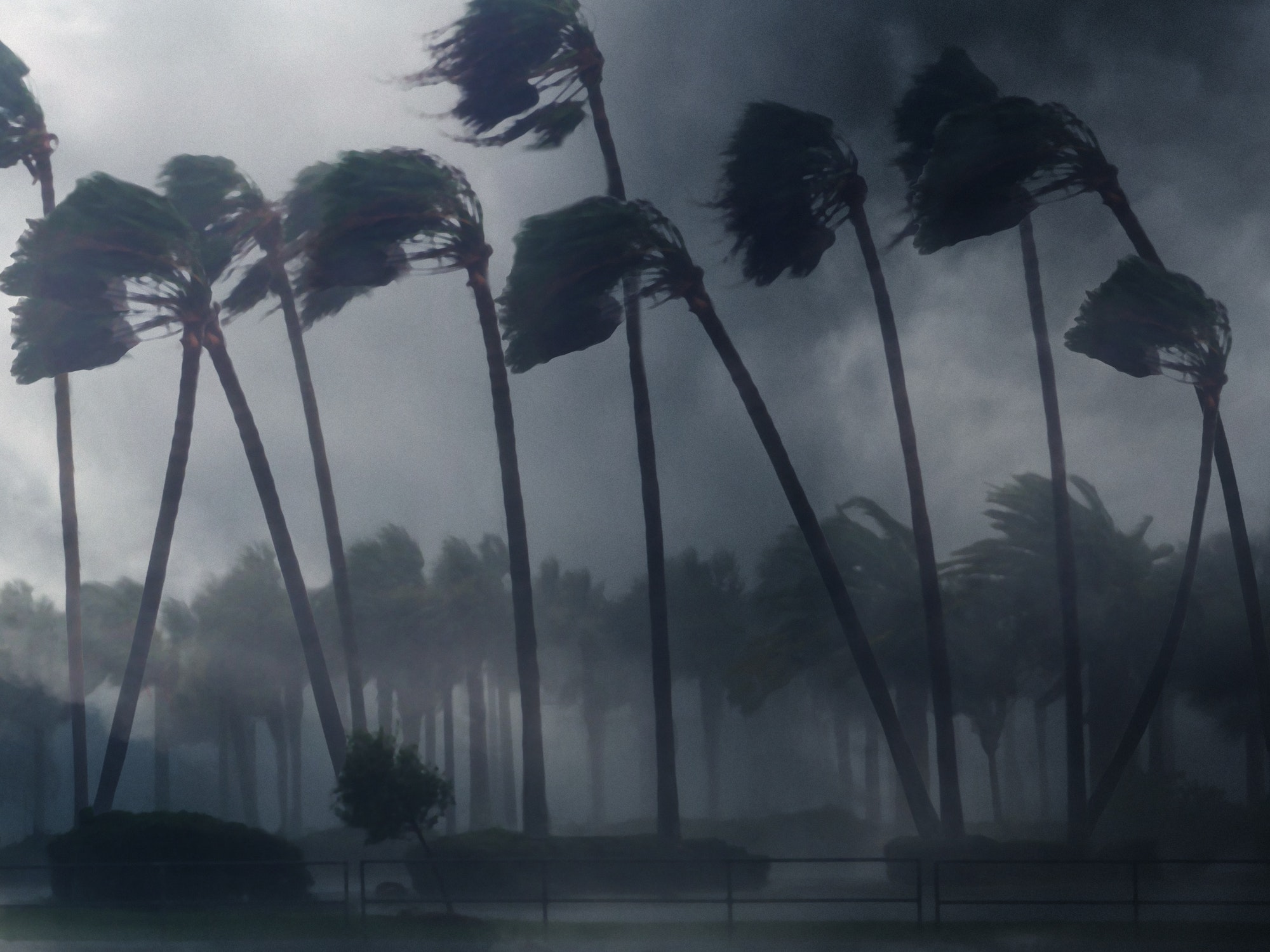Explore why scientists believe the current hurricane classification system might need an update to include a Category 6, as storms grow increasingly severe.

Have you ever watched a hurricane unfold and thought, “Wow, this seems worse than anything we’ve seen before”? You’re not alone. Scientists are observing changes in hurricane intensity that are so dramatic, they’re considering the addition of a new category to the Saffir-Simpson scale: Category 6. But what does this mean for us and our planet?
Understanding Hurricanes
Hurricanes, also known as typhoons or cyclones, depending on where they occur, are among nature’s most powerful and destructive phenomena. Born over warm ocean waters, these storms can unleash catastrophic winds, torrential rains, and devastating storm surges.
The Saffir-Simpson Scale: A Recap
The Saffir-Simpson scale, which currently ranges from Category 1 to 5, measures a hurricane’s wind speed and potential destructiveness. Category 5, the highest on the scale, is reserved for storms with winds exceeding 157 mph. But what happens when “unprecedented” becomes the new norm?
Evidence of Intensifying Storms
Recent years have witnessed hurricanes shattering records, with wind speeds and rainfall that dwarf previous benchmarks. These supercharged storms are not only becoming more frequent but also more intense, often leaving traditional metrics seeming inadequate.

The Case for Category 6
The idea of introducing a Category 6 stems from the observation that some hurricanes now exhibit power beyond the current Category 5 criteria. This new category would include storms with winds surpassing 180 or even 200 mph, a realm once thought nearly impossible for tropical cyclones.
Potential Impacts of Category 6 Storms
Imagine the devastation a Category 5 hurricane can cause. Now, picture something even more powerful. Category 6 storms could result in unprecedented damage to infrastructure, ecosystems, and human lives, challenging our resilience and disaster response capabilities.
How Climate Change Plays a Role
There’s a growing consensus among scientists that climate change is making hurricanes more intense. Warmer ocean temperatures fuel more powerful storms, suggesting that what we’re witnessing might be the new normal in a warming world.
The Science Behind the Intensity
The intensity of hurricanes is influenced by several factors, including sea surface temperatures, atmospheric conditions, and ocean heat content. With the globe warming, these conditions are increasingly favorable for stronger storms.
Preparing for More Powerful Hurricanes
As the reality of more powerful storms sets in, it’s crucial for communities, governments, and individuals to bolster their preparedness measures. This includes strengthening building codes, improving evacuation plans, and investing in sustainable infrastructure.
Global Reactions and Adaptations
The potential introduction of a Category 6 reflects a broader need to adapt our understanding and response to natural disasters in the age of climate change. Countries around the world are reevaluating their disaster readiness strategies in light of these evolving threats.
The Future of Hurricane Forecasting
Advancements in technology and meteorology are improving our ability to predict and track hurricanes, but the prospect of Category 6 storms underscores the need for continued innovation in forecasting techniques and climate science research.
Conclusion
The proposal to add a Category 6 to the hurricane classification system is a stark reminder of our changing planet. It highlights not just the increasing strength of these storms, but also the urgent need for global action on climate change and disaster preparedness.

FAQs
What causes hurricanes to form?
Hurricanes form over warm ocean waters when moist air rises and creates a low-pressure system, leading to the development of a rotating storm system.
Why are hurricanes getting more intense?
A combination of factors, primarily climate change, is believed to contribute to the increasing intensity of hurricanes by providing more warm water, which acts as fuel
for the storms.
What can be done to prepare for stronger hurricanes?
Improving infrastructure, implementing stricter building codes, enhancing evacuation plans, and investing in early warning systems are key steps towards mitigating the impact of stronger hurricanes.
How does climate change affect hurricanes?
Climate change increases sea surface temperatures and alters atmospheric conditions, making it easier for hurricanes to develop and intensify.
Is a Category 6 hurricane inevitable?
While not officially recognized yet, the trend towards more powerful storms suggests that a Category 6 could become a necessary addition to accurately classify the intensity of future hurricanes.
Sources The Washington Post


